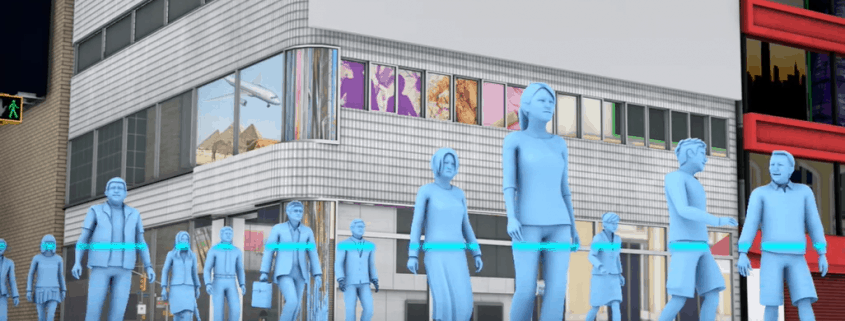Who goes there?
An ongoing challenge to modern society is how best to identify who we are, and who are all those other people out there. We used to be able to carry a card in our wallet or purse that reliably identified who we are. We could carry a birth certificate, a driver’s licence, a passport, or some other government issued identification that included a photo, to assure everyone that we are who we say we are. As technology progressed so did the ability of those with nefarious intent to replicate those card or document based forms of identification. Identity theft is on the rise and it is something we all need to be aware of and take steps to prevent. Even with secret PIN codes and CHIP card readers, bank cards (credit and debit) have been criminally duplicated, and phony automated teller machines (ATM’s) have been set up to capture user info, like account numbers and PIN codes. Today, the costs of identity theft are significant – for individuals and corporations. It is very telling that in the last four months of 2019 the number of users losing secure control of financial accounts was up by 330%.
Technologies are being developed and refined to reliably identify individuals, however, there are societal issues that have to be considered. The debate carries on, pitting the need to reliably identify a person against that person’s right to privacy. With artificial intelligence (AI) technology there are many new and reliable ways to identify people. Governments and financial services corporations make a strong case for deploying new identification technologies. Solving and preventing crimes is a benefit of these technologies, but is a reduction in, or security of, personal privacy too big a price to pay? As the debate continues, let’s have a brief look at the range of technologies that are available now or are being developed and refined in the lab.
Facial recognition: Using high resolution cameras and large databases, these systems can quickly and accurately identify individuals. These systems rely on the individual’s face being in a searchable database. Many of these systems are being tested for police work and screening at airports and public events. Its use is still controversial and it is relatively expensive, requiring high powered cameras and computer hardware.
Vein matching: This type of scanning is gaining in popularity as it does not rely on a scanner touching the body, as with fingerprinting, or a light beam being shone into a person’s eye, as with iris scanning. It was first developed in the 1980’s and has been steadily improved, striving to achieve a reliability level equal to fingerprinting. Typically this technology scans an individual’s hand or finger to look for a match to a known vein pattern.
Gait recognition: This technology relies on the uniqueness of a person’s walk, or gait. There may be only slight differences among us all, so the measurement technology needs to be very sophisticated and precise, to discern those differences. When gait recognition is used with one or more other biometric measures, it can provide an additional assurance of accurate identification.
Heart recognition: A low radiation Doppler radar device can identify your heart in two ways; one by the shape of your heart ( a static measurement ) and the other by the unique beat of your heart ( a dynamic measurement ). Tests have yielded accuracy rates above 98%, but there are no operational deployments just yet.
There are other well known biometric measures, such as fingerprinting and iris scanning, both of which have been deployed successfully for several years. The advantage of biometric measures is that they are very difficult (impossible?) to replicate or spoof. However, we are all probably aware of novel and movie plots where fingers, thumbs, and eyeballs are removed from their owners just for the purpose of “fooling” a biometric scanner. The newer biometric measures strive to get beyond that, but the invasion of privacy and protection of privacy concerns are yet to be fully resolved.
To the person or corporation that has been victimized by identify theft it may be easy to say “bring it on – I need these new technologies”. To those who want to stay “off the grid” or those who have had their personal data stolen or compromised it may be easy to say “it has gone too far – there is too much data being collected to effectively protect”. Time will tell how or if these issues get resolved.
Trend Disruptors is monitoring these developments and technologies, and will identify relevant investment opportunities that lead the well informed investor to success.
Stay tuned!

